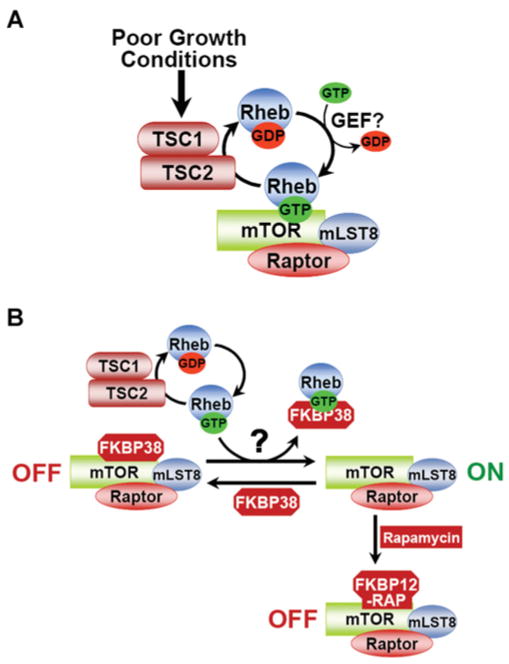Figure 2. Two models of the regulation of mTORC1 by TSC1–TSC2 and Rheb.
(A) Model 1. Under poor growth conditions, the TSC1–TSC2 complex acts as a GAP for Rheb, thereby stimulating the conversion of Rheb–GTP into Rheb–GDP. Under optimal growth conditions, Rheb–GTP accumulates and binds directly to mTOR within mTORC1 to somehow activate it. Whether a GEF exists that counters the activity of the TSC1–TSC2 complex for Rheb regulation is not known. mLST8, mammalian LST8. (B) Model 2. The TSC1–TSC2 complex acts as described in (A) above, but Rheb–GTP activates mTORC1 through binding to FKBP38, thereby triggering its release from mTOR. In this model, FKBP38 inhibits mTORC1 under poor growth conditions in a manner analogous to the rapamycin–FKBP12 complex.

